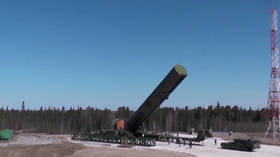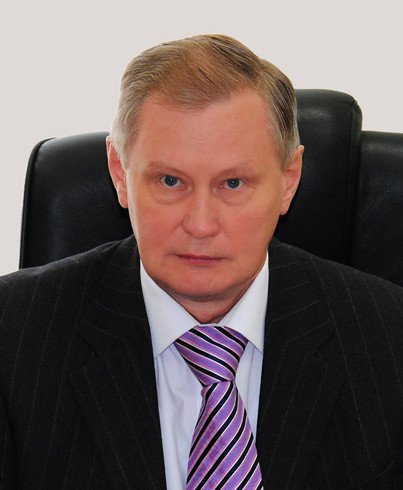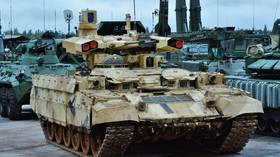New Russian ICBM to enter combat service in 2022: 208-ton Sarmat can carry 16 warheads and has operational range of 18,000km

Russia is poised to begin test flights of a new liquid-fueled, super-heavy intercontinental ballistic missile (ICBM), Defense Minister Sergey Shoigu has confirmed. The missiles are expected to enter service in 2022.
“Flight tests [will begin] this year and should be completed in 2022. In 2022, the first batch should enter service with the strategic missile forces,” Shoigu said on Friday while visiting Krasmash, a machine-building plant in Krasnoyarsk, Siberia.
The new RS-28 Sarmat ICBM is capable of carrying 16 warheads. The advanced silo-based system features a heavy liquid-propellant intercontinental ballistic missile, and is to replace the R-36M/R-36M2 Voevoda ICBM.
The new missile will be capable of hitting targets using either the North Pole or South Pole route, effectively bypassing any defense system employed by a potential enemy.
Due to its nearly unlimited range, the Sarmat missile can hit targets in any direction. It also has a very short boost phase, which makes it hard for enemy defense systems to intercept at that stage.
Sarmat will be equipped with a wide range of powerful warheads, including hypersonic weapons, and the most advanced missile defense penetration systems. Sarmat’s operational range is 18,000 km.
The ICBM’s mass is 208.1 tons; it has a payload of over 10 tons and a fuel capacity of 178 tons. The length of the missile is 35.5 meters, with a diameter of three meters. Its payload comprises multiple independently targetable reentry vehicles.
Currently, Russia’s Strategic Missile Forces have seven types of missile systems in operation, including fixed-site systems (Voevoda, Stiletto, Topol-M, Yars) and mobile ones (Topol-M, Topol, Yars). In the near future, the plan is to equip missile units with Sarmat, Avangard and Yars systems.
Today, the R-36M/R-36M2 Voevoda (with over 40 launchers) is Russia’s most powerful intercontinental ballistic missile. It was designed in the Soviet Union and has been operational since the late 1980s. The Voevoda weighs 211 tons and can carry 10 nuclear warheads of 0.5 megatons each to a distance of 11,000km (16,000km if equipped with a single reentry vehicle). With CEP accuracy of half a kilometer, the missile is quite precise.
The Voevoda is designed to eliminate all types of targets protected by advanced air defenses, including in combat conditions – retaliation is guaranteed even if the enemy has hit the missile-launching area with multiple nuclear warheads.
The R-36M2 system is expected to stay on combat duty in two regiments based in Dombarovsky air base in Orenburg Region and Uzhur, Krasnoyarsk Krai, until early 2020s. The new Sarmat will be deployed in the same locations.
The Sarmat can deliver several types of warheads, including the Avangard hypersonic glide vehicle. It’s capable of reaching a potential enemy’s targets at hypersonic speeds and provides great maneuverability in terms of both course and altitude. None of Russia’s potential adversaries have a countermeasure to these systems – nor are they likely to develop it in the foreseeable future.
Also on rt.com Russian Aerospace Forces get a new radar that could strip US military of its trump cardThe US is working on a new intercontinental ballistic missile, too. The US Air Force has struck a $13.3 billion deal with Northrop Grumman to develop a fresh ground-based intercontinental ballistic missile to beef up its strategic nuclear forces. These are intended to replace the Minuteman III, which is still in service.
A test launch of the new strategic ballistic missile dubbed GBSD is expected to take place in late 2023.
In the US, the Democrats and non-proliferation advocates alike have long been criticizing the new ICBM program. They maintain that the expected cost of upgrading US nuclear forces, currently priced at $1.2 trillion, is simply too high. Instead, they suggest exploring the possibility of extending Minuteman III service life.
As for the Russian new ICBM, Minister Shoigu said on Friday that he believes the Krasmash plant is ready to fulfill a long-term contract for the supply of Sarmat to the Russian military.
Think your friends would be interested? Share this story!
The statements, views and opinions expressed in this column are solely those of the author and do not necessarily represent those of RT.















